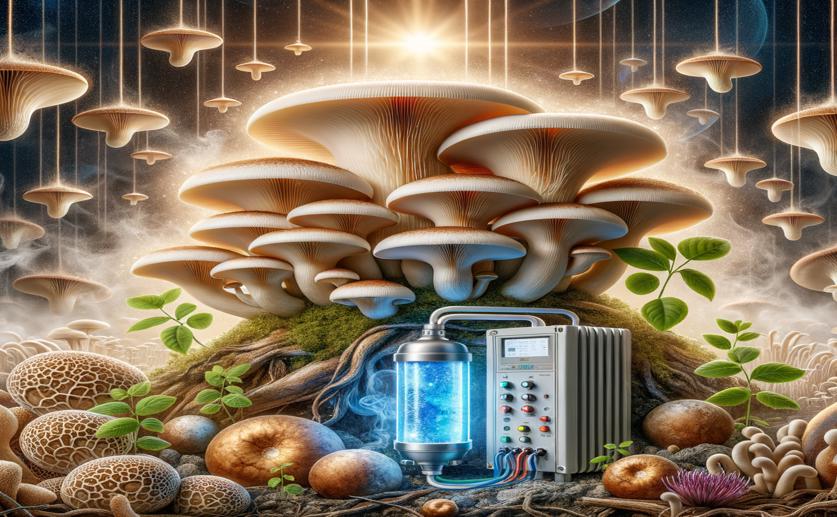
Using Ozone to Control Mold in Growing Oyster Mushrooms
Greg Howard
19th May, 2024

Image Source: Natural Science News, 2024
Key Findings
- Researchers at the Instituto Tecnológico de Chascomús explored using ozone to decontaminate substrates for oyster mushroom cultivation
- Bubbling ozone into water was more effective in reducing green mold (Trichoderma) growth than injecting ozone into a closed tank
- Despite ozone treatment, some Trichoderma conidia survived and germinated, but oyster mushrooms still grew well and produced normal yields
References
Main Study
1) Use of Ozone as a Substrate Treatment for the Control of Trichoderma in the Production of Pleurotus ostreatus.
Published 18th May, 2024
https://doi.org/10.1007/s00284-024-03691-z
Related Studies
2) Application of ozone for enhancing the microbiological safety and quality of foods: a review.
Journal: Journal of food protection, Issue: Vol 62, Issue 9, Sep 1999
3) Search for new naturally occurring strains of Pleurotus to improve yields: Pleurotus albidus as a novel proposed species for mushroom production.



 17th April, 2024 | Jenn Hoskins
17th April, 2024 | Jenn Hoskins